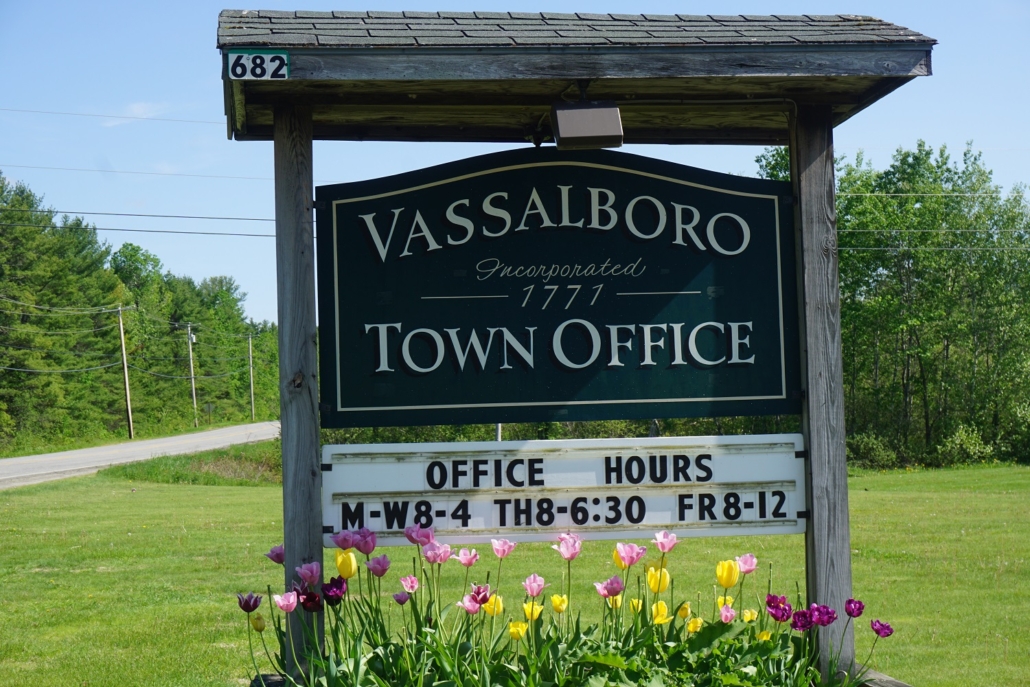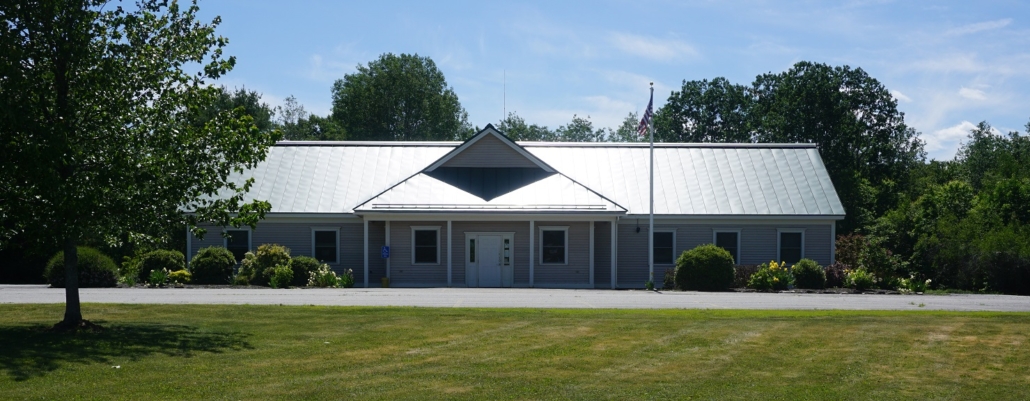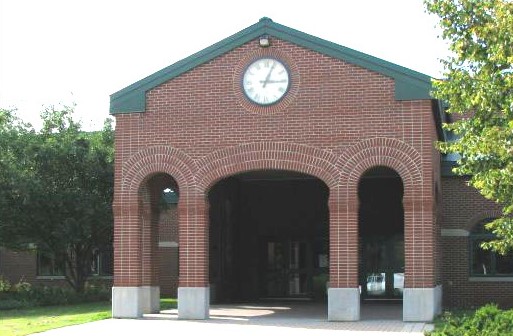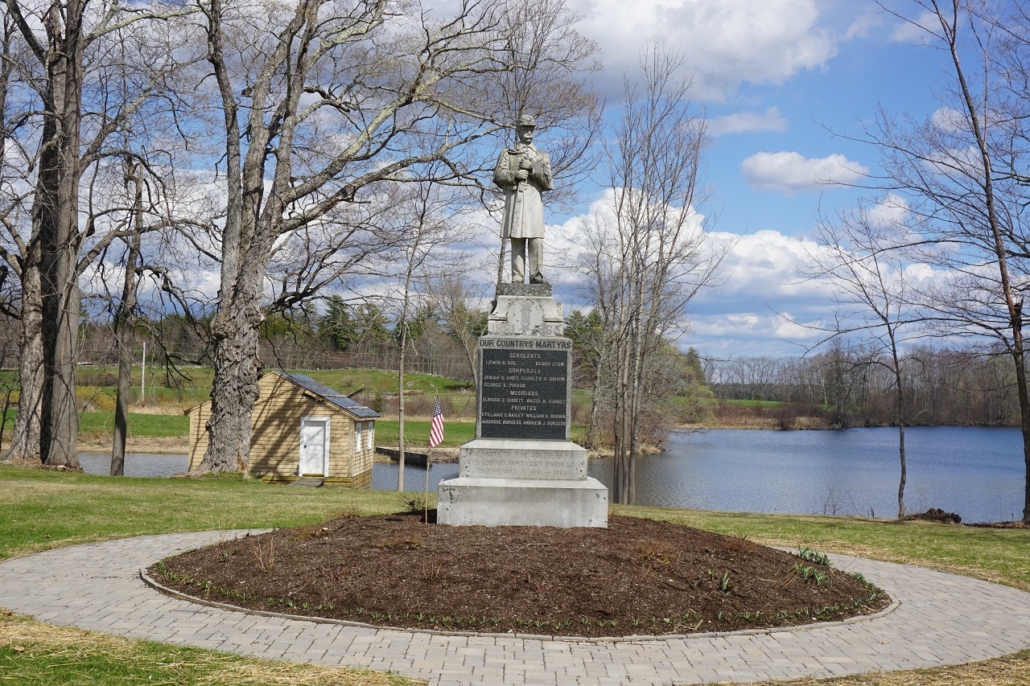In addition to another review of the draft warrant for the June 7 and 8 annual town meeting, Vassalboro selectmen continued plans for the April 26, 250th anniversary celebration, and discussed two other issues at their April 15 meeting.
The town meeting warrant now includes the school budget articles. Superintendent Alan Pfeiffer said the budget committee recommended them by a vote of eight in favor, one opposed and one abstaining at an April 6 meeting.
The warrant currently has 41 articles. The first 37, dealing with budget committee elections, appropriations for 2021-22 and policies, will be decided at an open town meeting that is scheduled to start at 6:30 p.m., Monday, June 7, in the Vassalboro Community School gymnasium.
The remaining four articles will be decided by secret ballot Tuesday, June 8, with polls open from 8 a.m. to 8 p.m., at the Vassalboro Town Office. Voters will elect municipal officers; decide whether to accept or reject a new “Town of Vassalboro Marijuana Business Ordinance”; confirm or overturn the previous evening’s school budget vote, the so-called school budget validation referendum; and decide whether to continue the budget validation referendum for another three years.
The marijuana ordinance is available for review on the Vassalboro website. Selectmen have scheduled a public hearing on the ordinance for 6:30 p.m., Thursday, April 29, at Vassalboro Community School.
They plan to sign the final town meeting warrant at their April 29 meeting, which will follow the hearing. As of April 15, they were still revising one article and waiting for the annual Kennebec County budget request.
The Monday, April 26, anniversary observance is scheduled for 10:30 a.m., at Monument Park, on Main Street (Route 32), in East Vassalboro, between the Historical Society building that was formerly the East Vassalboro School and the China Lake boat landing. Speakers will provide histories of the town, the park and the Civil War veterans commemorated by the monument.
Attendance is limited to 100 people, and masks are required.
As of April 15, Selectboard Chairman John Melrose, main organizer of the celebration, was still looking for a battery-powered speaker system. He has arranged to have a tent big enough to shelter the speakers in case of rain.
Selectmen made a decision on only one of the other two issues, unanimously authorizing Town Manager Mary Sabins to sign an agreement with Kennebec Water District to extend the Town Forest Trail across the western part of KWD’s land between East and North Vassalboro.
The trail extension, which Melrose suggested naming Red Brook Trail, will be about 1.1 miles long, running along Red Brook part of the way. The agreement calls it a hiking trail and limits uses to “walking, cycling, snowshoeing, and cross-country skiing.”
Prohibited uses include “night use, camping, loud activities, motorized use, open fires, hunting, and trapping.” However, the agreement specifically does not prohibit KWD from approving “traditional use…by local snowmobile groups.”
The town is allowed to build and maintain the trail with KWD approval of plans and use of equipment. The town will maintain it, oversee its use, build an informational kiosk and make and post regulations.
The agreement runs for one year, beginning June 1. Parties are to meet annually to renew it, with amendments if needed. KWD has the right to close all or part of the trail, and to terminate the agreement, at any time.
Selectmen took no action after Melrose reported on his discussions with the state Department of Transportation about improvements to sidewalks in North Vassalboro. Melrose had explored several types of curbing, looked into MDOT programs and gotten cost estimates.
His concern is that after MDOT repaves Route 32, nothing more will be done for years. The 2021 MDOT work plan includes repaving 0.73 miles of Route 32, in Vassalboro, beginning 1.14 miles north of Gray Road (which intersects Route 32 between East and North Vassalboro, south of the town office).
Melrose said MDOT installed the sidewalks and if the road were rebuilt would be responsible for re-installing them. Maintaining the sidewalks, he said, is a town responsibility, although Road Foreman Eugene Field told him MDOT workers sweep them each spring.
 by Mary Grow
by Mary Grow


 The Vassalboro Community School Librarian – Melora Norman – and the Vassalboro Public Library Director – Brian Stanley – have received a grant from the American Library Association – Libraries Transforming Communities – to do a Community Read in Vassalboro.
The Vassalboro Community School Librarian – Melora Norman – and the Vassalboro Public Library Director – Brian Stanley – have received a grant from the American Library Association – Libraries Transforming Communities – to do a Community Read in Vassalboro.
